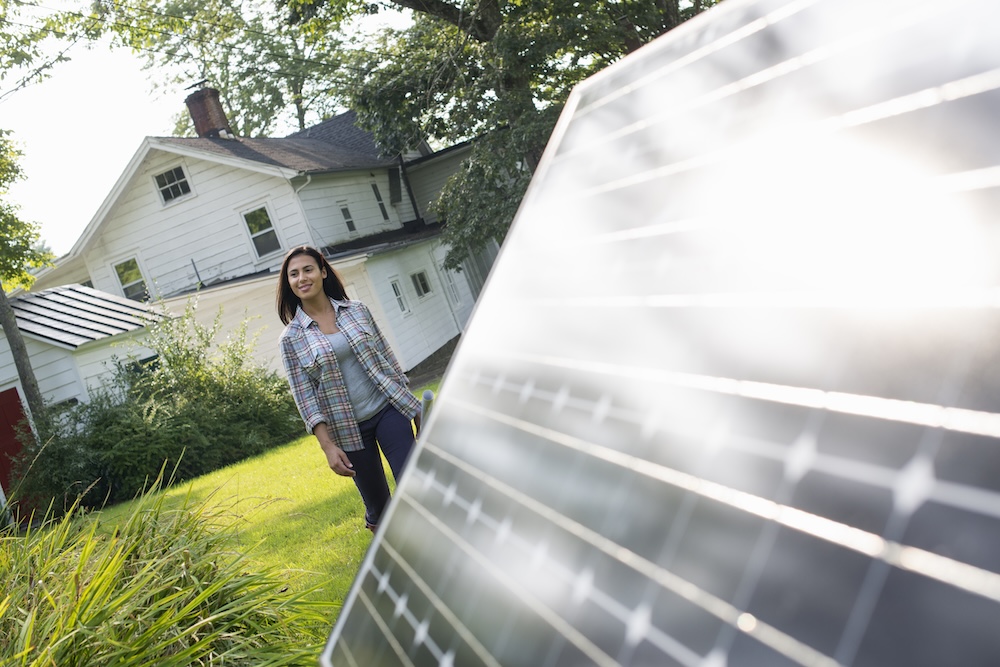Solar energy isn’t just good for the planet—it’s smart for your wallet, thanks to generous federal tax incentives. In 2025, the Residential Clean Energy Credit is still available at 30%, but new legislation threatens its future. This guide explains how the credit works, how much you could save, and what you should know before the window closes.
How the Solar Tax Credit Works
The Residential Clean Energy Credit allows homeowners to claim 30% of qualified solar installation costs on their federal taxes. Eligible expenses include:
- Solar panels, inverters, mounting systems
- Installation labor and equipment
- Battery storage added during the same year
The credit is dollar-for-dollar—meaning a $6,000 credit directly offsets $6,000 in taxes owed. Unused portions can roll over to future years.
Top Reasons to Invest in 2025
1. Maximize the 30% Credit
- In 2025 it remains at 30% of total costs; this is your final chance to lock it in.
- Systems installed after December 31, 2025 may no longer qualify—or could drop to 18–6% in the Senate’s proposed phase-out.
2. Substantial Dollar Savings
- For a typical $25,000 solar system, that’s a $7,500 tax credit.
- EnergySage found average yearly household savings exceed $8,800 thanks to this credit.
3. Tax Credit + Cost Drops = Higher ROI
- Solar panel prices dropped significantly; with the tax credit, payback periods are often 5–7 years.
- The credit also applies to battery storage systems installed with solar .
4. Avoiding Price Shocks & Inflation
- Electricity costs are rising steadily. Installing solar now locks in energy rates and buffers against future spikes.
- Without the credit, systems will cost 30% more—and savings take longer to recoup.
2026 and Beyond: What Could Change?
- A House bill would end the credit entirely after December 31, 2025.
- The Senate’s version proposes a phase down: 18% in 2026, 6% in 2027, zero in 2028.
- Lease/PPA arrangements (Section 48E) may still allow installers to claim the 30% credit until 2027, offering another path.
- Final legislation is pending, but time is very short to install before the deadline .
Who Qualifies?
- Owner-occupied homes in the U.S. (primary or second homes) qualify.
- No income limits, no annual cap, and unused credit carries forward .
- Rentals and investment properties don’t qualify under this credit.
How to Claim It
- File IRS Form 5695 with your federal return.
- Gather documents: invoice, equipment certifications, and installation records.
- If credit exceeds tax liability, the leftover credit rolls over to following years.
Frequently Asked Questions (FAQ)
- Is the credit refundable?
No— it reduces what you owe, but doesn’t generate a refund. Excess rolls over. - Can I use other incentives like rebates?
Yes— but remember, your credit is based on net cost after incentives . - Does it cover battery storage?
Yes, but only when batteries are installed the same year as solar panels . - Lease vs. purchase—what’s better?
Purchasing maximizes your savings. Leasing or PPAs may still earn the credit, but benefits are passed through your provider . - What if I install in 2026?
Credits drop to 18%, and disappear entirely by 2028 under current proposals.
Environmental and Financial Benefits
- Each solar installation offsets 1–3 tons of CO₂ emissions per year—equivalent to planting 50–100 trees annually.
- Across the U.S., residential solar has saved over $38 billion in electric costs through 2030.
- Credits support clean energy jobs and decarbonization efforts—across both red and blue states.
Final Thoughts
The 30% solar tax credit in 2025 isn’t just a perk—it’s a pivotal tool enabling families to invest in clean energy affordably. With the credit’s future uncertain, now is the time to act. Even a modest solar system, outfitted this year, can yield returns for decades—financially and ecologically.









Reader Interactions